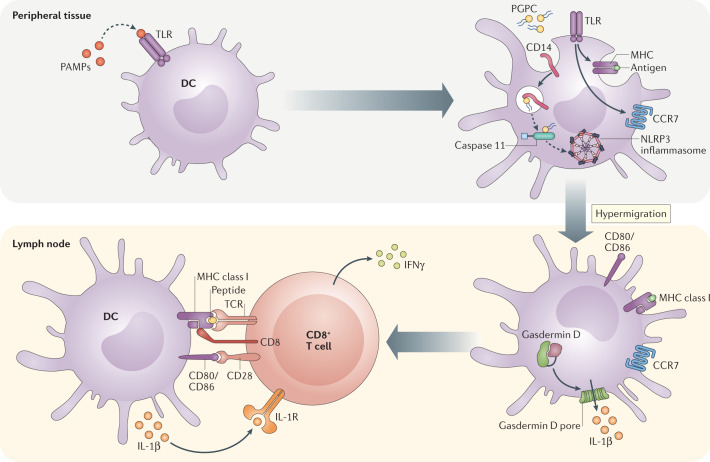Fig. 3. Hyperactive DCs control antitumour T cell immunity.
Upon pathogen encounter, immature dendritic cells (DCs) circulating in the peripheral tissue recognize pathogen-associated molecular patterns (PAMPs) via Toll like-receptors (TLRs) and shift their activities from a naive state to an active state. In the presence of tissue damage, CD14 captures 1-palmitoyl-2-glutaroyl-sn-glycero-3-phosphocholine (PGPC) and delivers the lipids to caspase 11 to induce NLR family pyrin domain-containing protein 3 (NLRP3) activation. These DCs achieve a long-lived state of hyperactivation, leading to IL-1β release from living DCs. Hyperactive DCs upregulate CC-chemokine receptor 7 (CCR7) expression and retain the ability for antigen uptake and processing of antigenic peptide on MHC class I. Hyperactive DCs carrying antigens then migrate to the draining lymph node via CCR7, where they activate CD8+ T cells. IL-1β secreted by hyperactive DCs signal via IL-1 receptor (IL-1R) to stimulate T cell effector function. IFNγ, interferon-γ; TCR, T cell receptor.

